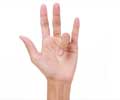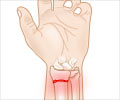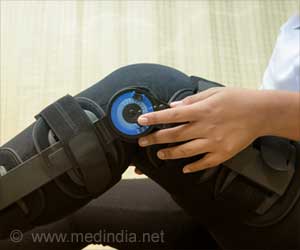A new wearable device that measures tendon tension provides insights into the motor control and mechanics of human movement.
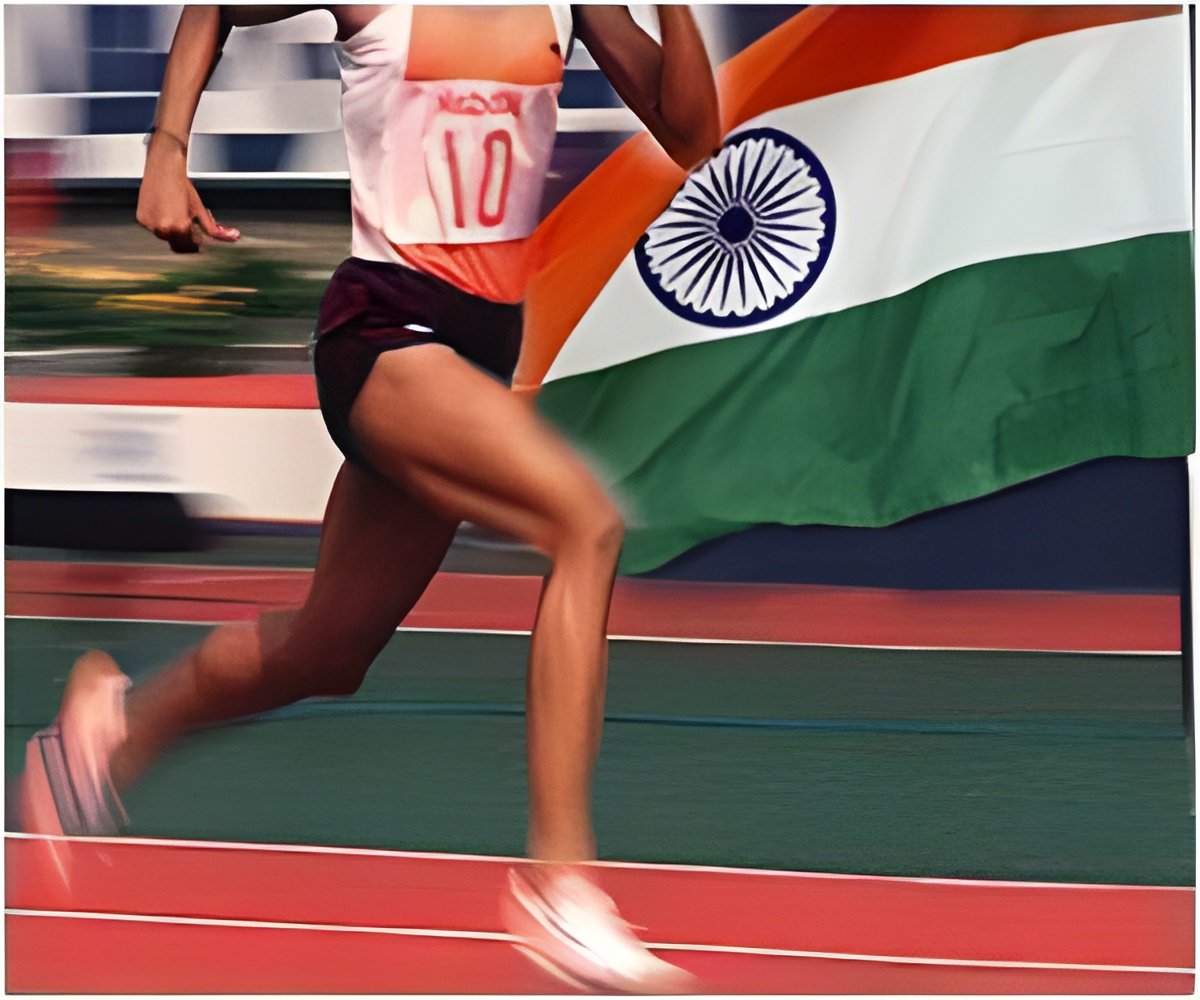
TOP INSIGHT
A simple, noninvasive wearable device enables scientists to measure tendon tension while a person is engaging in activities like walking or running.
Muscles generate movement at joints by pulling on tendons, which are bands of tissue that connect muscles to the skeleton. But assessing the forces transmitted by tendons inside the body of a living person is tricky.
"Currently, wearables can measure our movement, but do not provide information on the muscle forces that generate the movement," says Thelen, whose work is supported by the National Institutes of Health.
To overcome this challenge, Thelen and his collaborators developed a simple, noninvasive device that can be easily mounted on the skin over a tendon. The device enables the researchers to assess tendon force by looking at how the vibrational characteristics of the tendon change when it undergoes loading, as it does during movement.
This phenomenon is similar to a guitar string, where the tension in the string changes the vibrational response. When a guitar string is plucked, the speed of the wave traveling along the string, and thus the vibration frequency, is related to the tension, or force, applied to the string.
The new system for measuring wave speed is portable and relatively inexpensive. It includes a mechanical device that lightly taps the tendon 50 times per second. Each tap initiates a wave in the tendon, and two miniature accelerometers determine how quickly it travels.
By measuring how muscles and tendons behave within the human body, this system could eventually enable clinicians to plan more effective treatments for patients suffering from musculoskeletal diseases and injuries.
"We think the potential of this new technology is high, both from a basic science standpoint and for clinical applications," Thelen says. "For example, tendon force measures could be used to guide treatments of individuals with gait disorders. It may also be useful to objectively assess when a repaired tendon is sufficiently healed to function normally and allow a person to return to activity."
Source-Eurekalert
 MEDINDIA
MEDINDIA
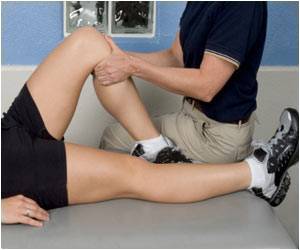


 Email
Email
